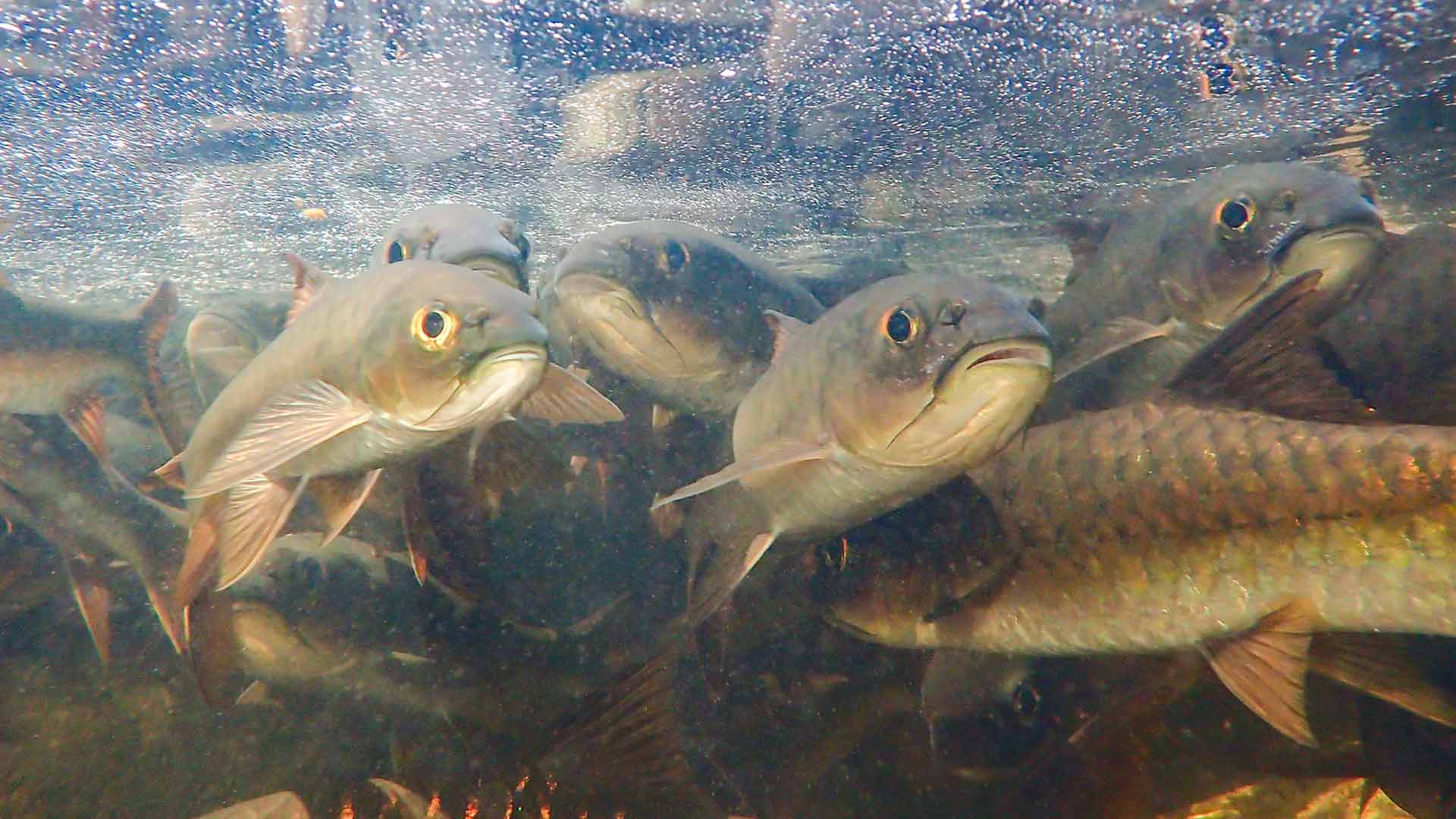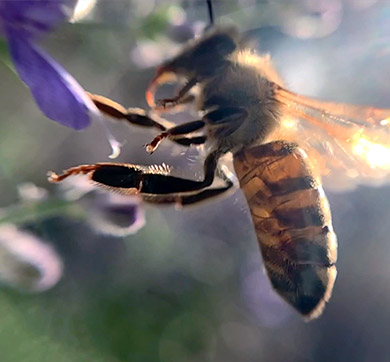December 2022 | 854 words | 3-minute read
We often hear about species pushed to the brink of extinction. There are very few instances when this trend has been reversed, a species beginning to thrive decades after being pronounced endangered. This is exactly what Tata Power achieved with the blue fin mahseer in 2021.
More than 50 years after the fish was placed on the list of endangered species, the International Union for the Conservation of Nature altered its status to ‘least concern’. The organisation, in its paper, described the size of the achievement and commended various non-governmental organisations, scientists, and Tata Power for its role in resuscitating the fortunes of this fish.
The SOS call
Back in 1970, Tata Power had initiated the mahseer conservation project after a distress call was raised by local villagers who realised that the fish they worshipped was no longer present in the river. The once abundant species, first identified in 1839 in the Mula Mutha river and later in the Indrayani river, had disappeared from its habitat.
The call from the community was heeded by the Fisheries Department of Maharashtra, which requested Tata Power to take the lead in efforts to protect and breed the fish and even guided the company’s early efforts.
Vivek Vishwasrao, head of biodiversity for Tata Power’s hydro power stations at Khopoli, Bhira and Bhivpuri, Maharashtra, tells Tata.com, “The cause of the decline lay in the wanton destruction of brood fish and juveniles, the deteriorating ecological condition of the spawning grounds, the use of explosives to kill fish and the pollution of rivers adversely affecting the fish’s ability to survive and breed.”
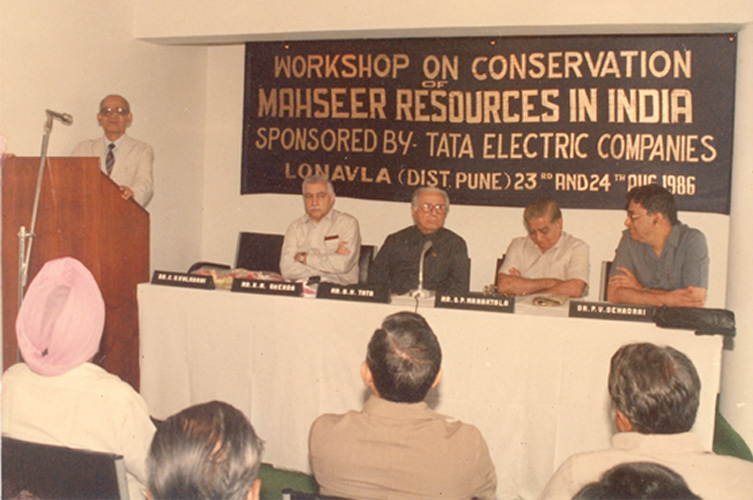
Some fishermen use finer mesh nets, catching smaller fish, which are then discarded, preventing the fish from achieving full growth. “This commercialisation was killing future generations of fish,” he says.
Complicating matters was the mahseer’s low fecundity rate, as compared to other freshwater fish. “The female lays about 8,000 to 10,000 eggs per kg of its bodyweight,” he explains. “These eggs have a survival rate of around 30 to 35 percent in its natural breeding ground, whereas in our hatchery the success rate is 60 to 65 percent. Moreover, the fish breeds only during the monsoon; its breeding and survival rate are affected by sudden changes in climatic conditions.”
Urgent steps were required to amend the situation. Since Tata Power’s six lakes were in the vicinity, the company had the capability to make a difference.
The conservation
The significance of the mahseer, commonly known as the Tiger of the Freshwater, is that it requires a lot of dissolved oxygen to survive, making its presence in the water a good indicator of the water’s cleanliness. The health of the mahseer can, therefore, be directly linked to the health of India’s big rivers.
Armed with basic information about the lifecycle of the fish and the methodology for breeding the fish, Tata Power took on the onus of reviving the mahseer. The company set up the Mahseer Breeding Centre under the guidance of the Central Institute of Fisheries Education, and eventually managed the centre on its own.
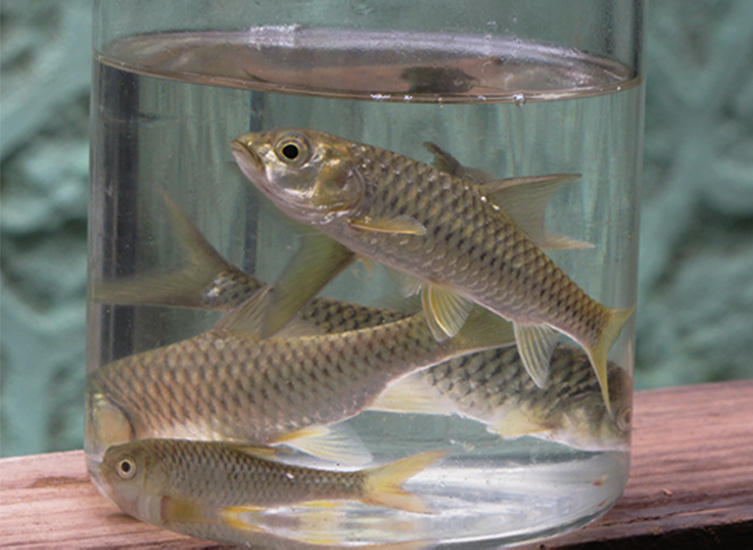
Mr Vishwasrao says, “We decided to breed the fish for 2-3 years and learn its entire lifecycle and breeding pattern. We harvested the first lot of 10,000 fish eggs in 1970. That’s how our journey began.”
Today, Tata Power breeds 4 to 5 lakh fish every year, earning the distinction of running the only hatchery in India to breed the fish on such a large scale. In 50 years, around 15 million fingerlings of Mahseer have been produced. While the bulk of them were given to the state fisheries departments, some are distributed internationally — both on condition that the hatchlings are native to the region and a proper programme is in place to induct them into the wild. Many were also released in the company’s lakes.
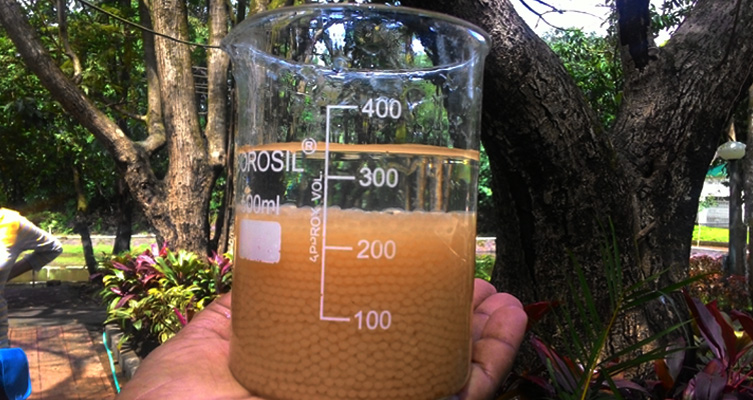
The expansion
Having worked wonders with the blue fin mahseer, Tata Power is now doubling up its efforts to get the golden mahseer, a species it began breeding in 1986, out of the endangered list. The company also works with fisheries students and state fisheries departments to encourage concentrated studies on the mahseer.
As for the blue fin mahseer — though it has begun to flourish on its own, Tata Power intends to continue its breeding efforts to empower the species to sustain itself.
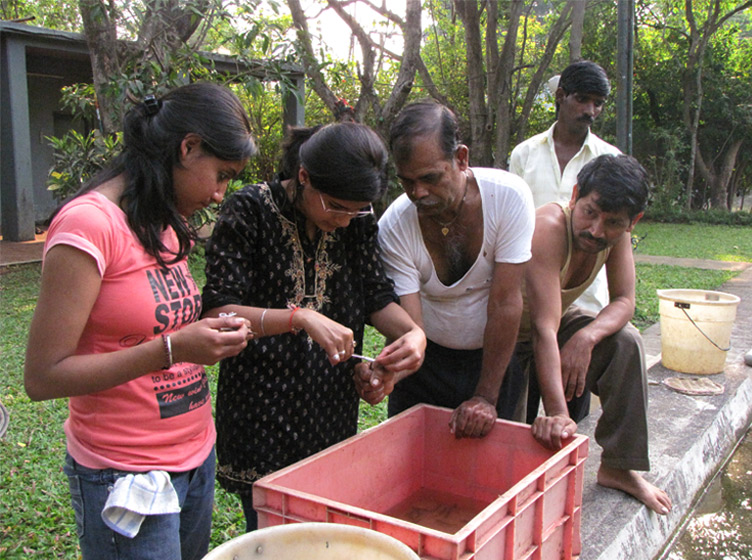
The mahseer at a glance
- India is home to 15 out of the 47 species of mahseers in the world
- One of the 20 mega fishes of the world
- They grow from millimetre long hatchlings to awe-inspiring specimens that can measure up to 2.75m long and attain a maximum body weight of 35kg
- The mahseer are omnivorous, eating not only algae, crustaceans, insects, frogs, and other fish, but also fruits that fall from trees overhead.
- Villagers in rural Maharashtra worship the mahseer as a god-fish because it sports a barble above its mouth that resembles a woman’s ‘nathini’.
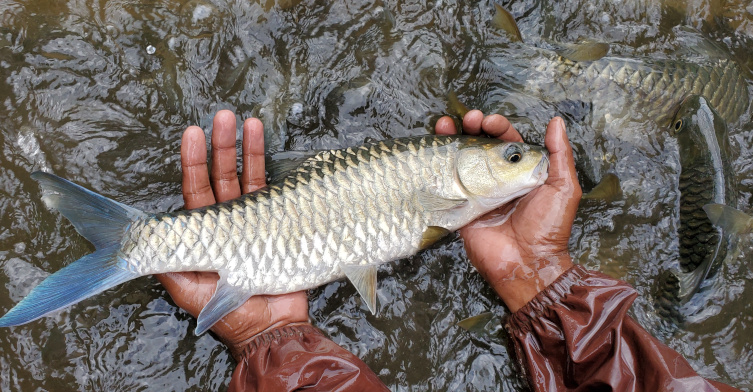
—Cynthia Rodrigues

